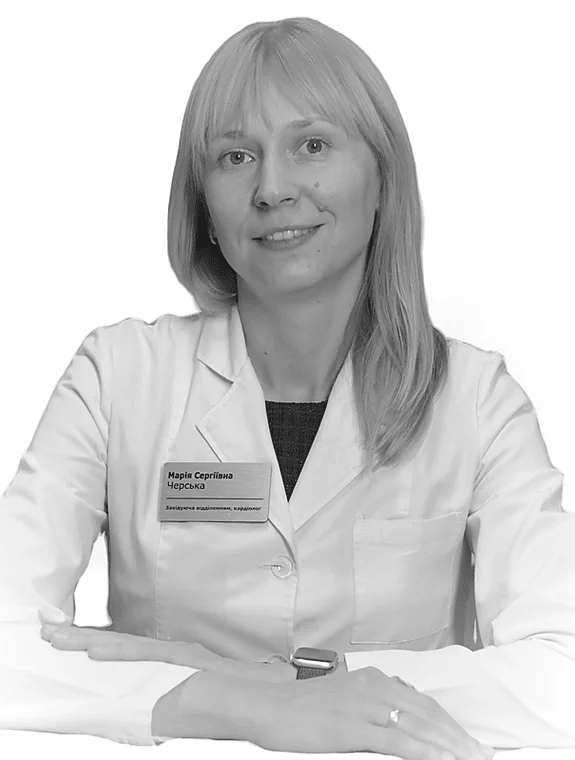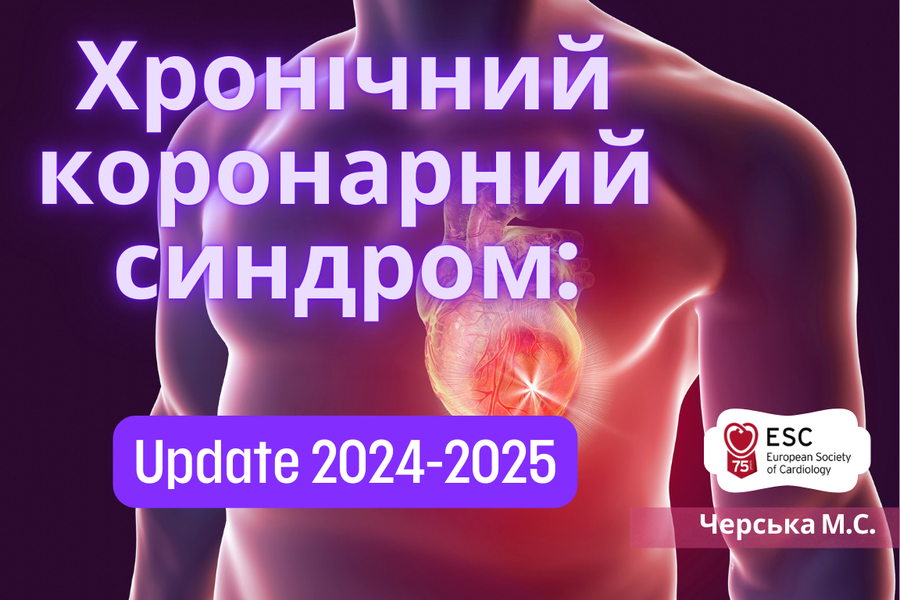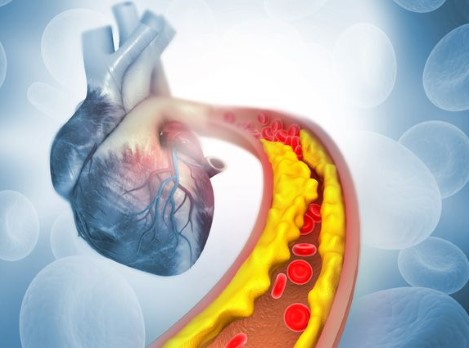Etiopathogenetic treatment of chronic vascular pathology of the brain in patients with Type 2 diabetes mellitus
Post updated: July 19
Chronic cerebral circulatory insufficiency (CNMC) is a slowly progressive brain dysfunction that occurs due to diffuse and / or small –focal damage to brain tissue in conditions of long-term cerebral blood supply insufficiency. KHNMC in the Russian literature is better known by the term "dyscirculatory encephalopathy" (de) [1]. It is believed that this syndrome combines almost all forms of chronic brain pathology in arterial hypertension and atherosclerosis – from mild clinical manifestations to more severe forms. ICD - 10 does not have the term "dyscirculatory encephalopathy". I67.3 – progressive vascular leukoencephalopathy (Binswanger's disease), i67.4 – hypertensive encephalopathy, etc. are used [2]. When this term was first proposed, there were no methods of neuroimaging – computer (CT) and magnetic resonance imaging (MRI), but the further development of angioneurology associated with the possibility of intravital brain examination confirmed the main provisions of the concept of dyscirculatory encephalopathy.
Dyscirculatory encephalopathy is heterogeneous, which is reflected in the etiology, clinical, neuroimaging and morphological features of its individual forms.
The following main variants of dyscirculatory encephalopathy can be distinguished[1].
1.hypertensive dyscirculatory encephalopathy.
1.1. subcortical arteriosclerotic encephalopathy.
1.2. hypertensive multiinfarction encephalopathy.
2.atherosclerotic dyscirculatory encephalopathy.
3. chronic vascular vertebral-basilar insufficiency.
4. mixed forms [3].
The aim of our study is a comprehensive analysis of the effectiveness and safety assessment of the course of taking Nootrofen®, manufactured by LLC "pharmaceutical company "Farkos", in patients with DE and type 2 diabetes mellitus (DM) as an adjuvant drug to basic therapy, which is used in Ukraine in accordance with the standards of management of patients with this pathology according to the Scheme: 1 table.(250 mg) 2 times a day for a month.
Materials and methods. This clinical trial was conducted as an observational (non-interventional), open-label, controlled, randomized, prospective trial in which Nootrofen® was prescribed according to reported indications. No additional monitoring procedures were performed in the study, and patient screening was performed as part of routine medical practice. The study involved 50 patients (mean age = 53.9 ± 9.03 years, 5 men, 45 women) who were treated at the state institution "Institute of Endocrinology and metabolism named after V. P. Komissarenko NAMS of Ukraine " on type 2 diabetes mellitus in a state of subcompensation with De. The diagnosis of De was formulated in accordance with the classification of atherosclerosis by the World Health Organization from 2015 and was confirmed by laboratory and instrumental studies (lipidogram, ultrasound dopplerography of the cerebral arteries).
See the full text of the article below.




